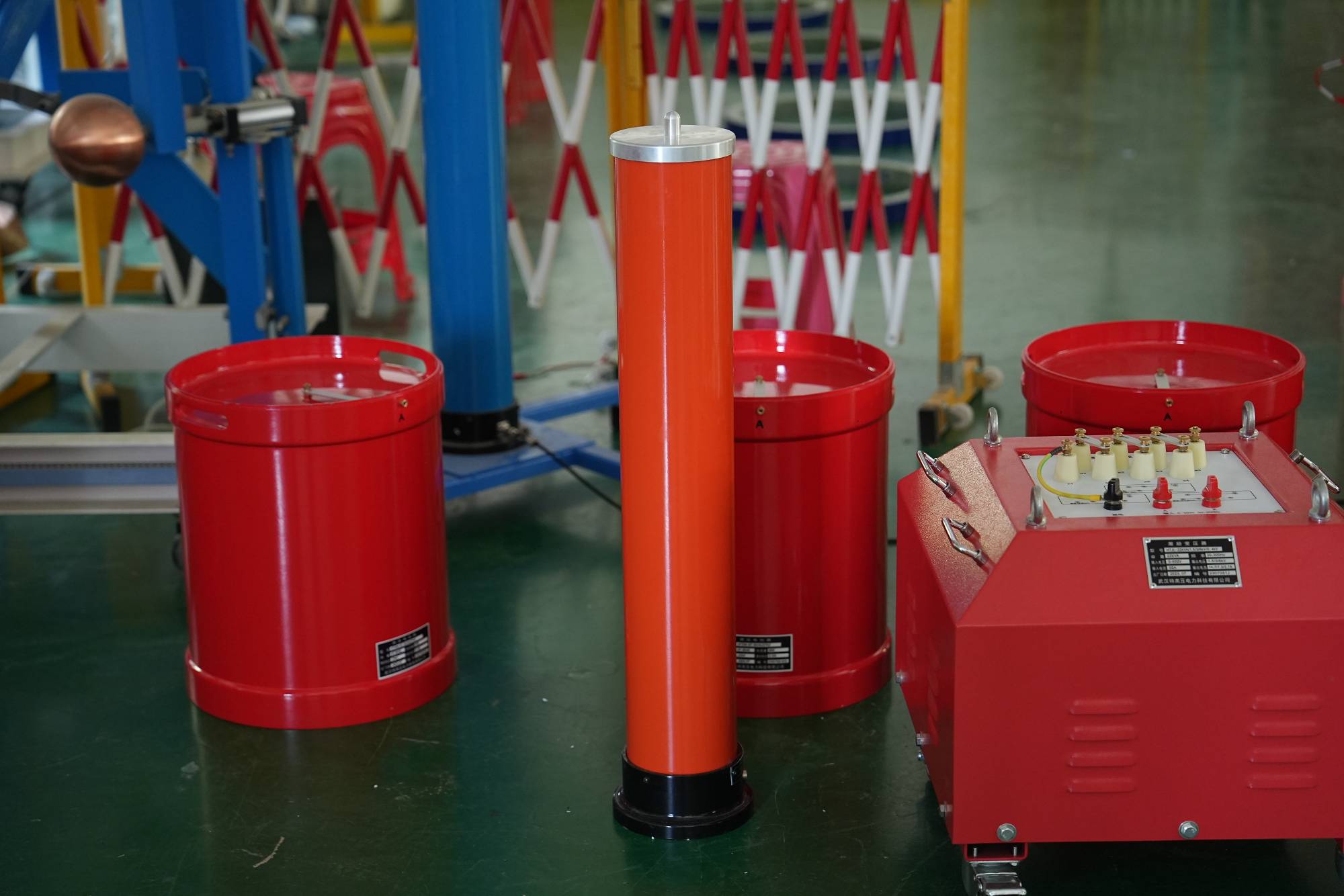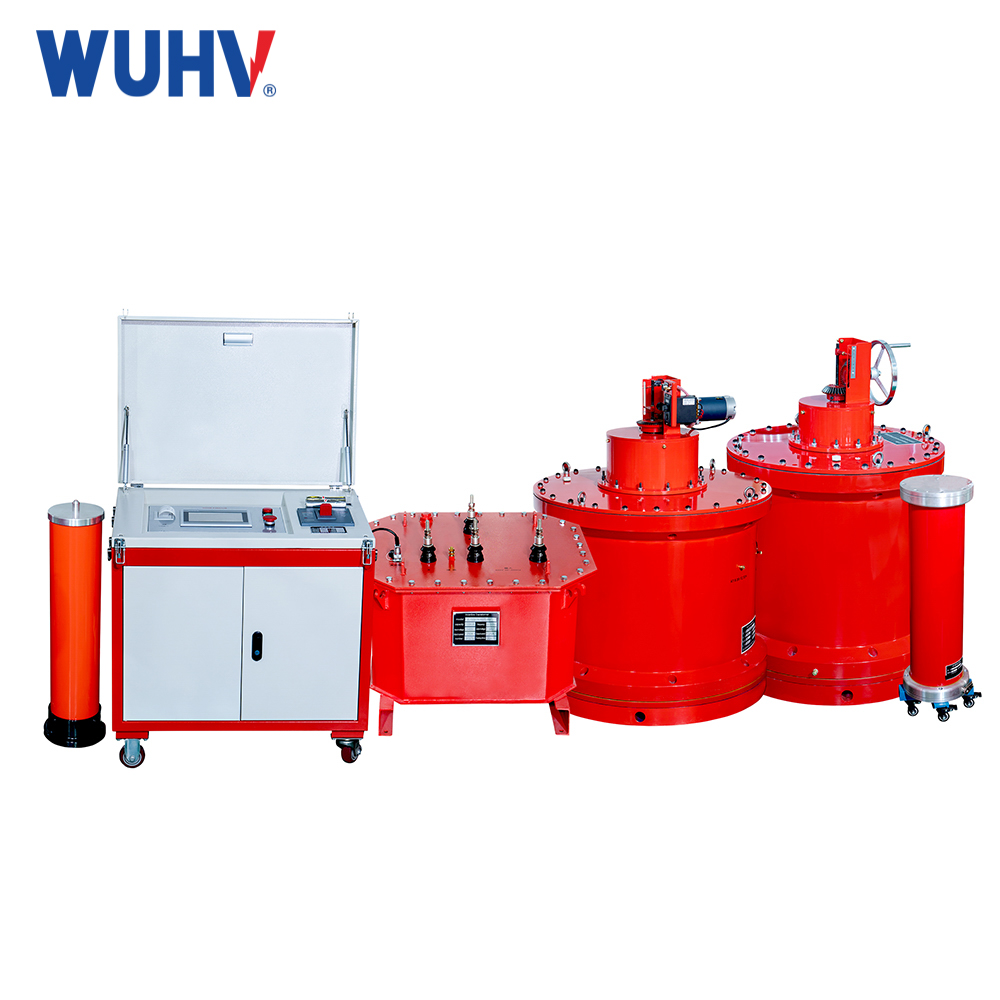The AC series resonance test set under UHV power can help many power workers conduct various power tests more conveniently.
What is AC series resonance?
In a series circuit composed of resistors, inductors, and capacitors, when the capacitive reactance XC is equal to the inductive reactance XL, i.e. XC=XL, the phase of the voltage U and current I in the circuit are the same, and the circuit is purely resistive. This phenomenon is called series resonance. When the circuit has series resonance, the impedance of the circuit is Z=√ R2+(XC-XL)/2=R. The total impedance in the circuit is the smallest, and the current will reach its maximum value. When resonance occurs, inductance equals capacitance, so the effective value of the voltage across the inductance and capacitance is equal, that is: UL = UC。 And due to their opposite phases, these two voltages cancel each other out. The effective voltage value of a capacitor or inductor is:
What are the hazards of series resonance in circuit systems?
In the formula, ω 0LU/R is referred to as the quality factor of the resonant circuit, which represents the voltage ratio, i.e. UC/U or UL/U. The quality factor is an important parameter for measuring the characteristics of a resonant circuit. If the reactance in the circuit is large and the resistance is small, the quality factor is high. Therefore, the voltage value on the capacitor or inductor will be much greater than the applied voltage. Generally speaking, the quality factor of a capacitor and its resonant circuit can reach several hours or even hundreds. So series resonance is also known as voltage resonance. In circuit systems, series resonance can generate overvoltage several times higher than the rated voltage of the power grid, posing a great threat to the safety of power equipment.




















